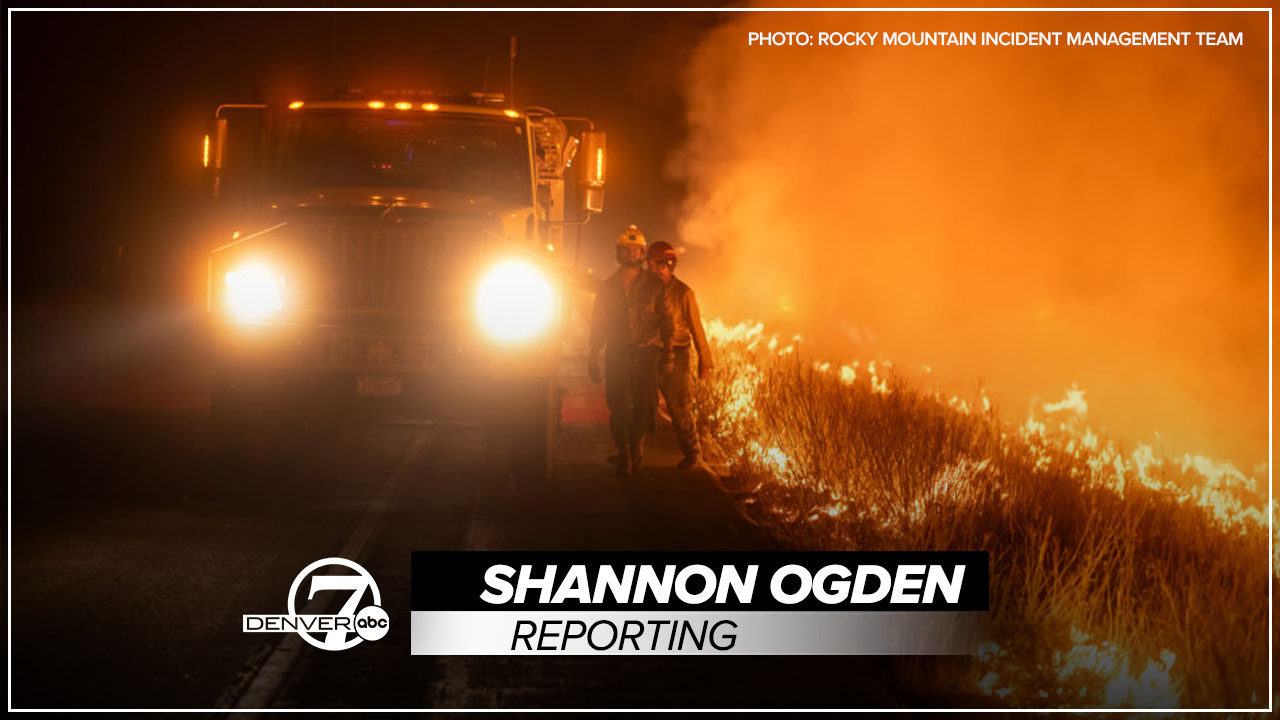RIO BLANCO COUNTY, Colo. — The more than 1,000 firefighters battling the Lee Fire in Rio Blanco County are up against some extraordinary conditions, according to fire officials.
Lightning sparked the fire on the afternoon of Aug. 2. Since then, it has grown to 120,650 acres — the fifth-largest wildfire in Colorado history — and is 4% contained as of Tuesday evening.
That region of the state is experiencing extreme drought conditions, according to the U.S. Drought Monitor. Rio Blanco County is in "extreme drought" (D3), the third of four drought conditions, with the most intense being "exceptional drought" (D4).

Denver7 sat down with Bethany Urban, the public information officer for the Rocky Mountain Area Complex Incident Management Team Three, which is coordinating firefighting efforts, to learn more about the firefight.
"This particular fire has proven so challenging because of the incredibly drought-stressed fuels that we're dealing with," Urban explained. "We're dealing with lots of live fuels that are burning as if they are dead fuel — drier than a 2x4, literally. So when you have the combination of that type of dry fuel and then the critical fire weather that we've had come in, this fire is moving and behaving at a rate that we can't always get people right next to it. So we have to keep looking for various levels of opportunity that would be the most successful. Sometimes that's a little bit further away from the fire, and sometimes that's going to create what we call a bigger box for that fire."

Wildfire
How the Lee Fire is creating its own weather system
Rio Blanco County is experiencing its 11th driest year over the past 131 years, according to the U.S. Drought Monitor. Urban said the bone-dry pinyon-juniper and sagebrush in the fire zone are burning so hot and fast that at one point over the weekend, the fire grew a mile in size in less than 30 minutes.
"One of the things I think that's hard to understand is what makes it challenging to get close to this fire to do some of the work we need to do," Urban said. "Sometimes, the misconception is that aircraft can put a fire out, and we use a ton of aircraft, and it supports and it helps us. But really, what it's there for is to support the people on the ground because eventually, they have to get boots on the ground and get close to that fire to do something about it. So with this fire, it's been this significant combined effort of a lot of aircraft really helping check and contain that fire and a lot of feet on the ground to try to find places to cut that fire off its path."






